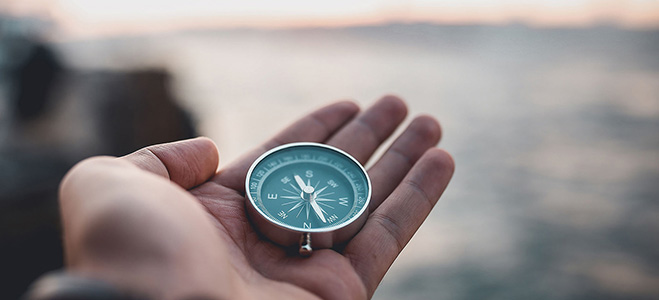Purchasing equipment is a significant investment that can shape the efficiency and profitability of your farm. Whether you need to upgrade outdated equipment or you’re expanding your farming operations, making an informed decision requires careful consideration.
The first step in the purchasing process is to assess your farm’s operational needs. Is this purchase required for your farm’s success or is it just because your neighbour has one? Being honest with yourself in this step is critical to maintain and increase your farm’s profitability.
The second step is to decide how you are going to pay for the equipment. The main options are purchasing or leasing:
Purchasing
The most commonly used method to pay for farm equipment is through cash or financing.
What are the benefits of purchasing?
- Certainty of ownership: Title of equipment in your name, so ownership is secure.
- Available tax deductions: You can deduct the cost of farm equipment at CRA’s prescribed CCA rates.
Leasing
Another method of acquiring farm equipment is to lease it. Leasing gives you another option to fund your farm’s purchases.
What are the benefits of leasing?
- Increased flexibility: As your farm grows, you might find that your needs change. Leasing agreements often come with options to upgrade or exchange equipment, ensuring you always have access to the latest technology and tools without the hassle of buying and selling.
- Potential for faster tax benefits: Lease payments are typically considered operating expenses and can be deducted from your taxable income, potentially reducing your tax liability.
- Preserving capital: By not tying up large amounts of money in assets, you can keep more funds available for other critical areas of your farm.
- Predictable maintenance and repair costs: These costs are often included in lease agreements. This can save you from unexpected expenses and downtime, allowing you to focus on running your farm smoothly.
There are two types of leases that serve very different purposes:
Operating – Operating leases are used to conserve cash with lower payments that represent only your direct use of the equipment. An operating lease functions like a rental agreement where the leasing company retains ownership and you may have the option to purchase the equipment at the end of the lease term at market value or give it back to the leasing company. These kinds of leases are ideal for shorter term use and to conserve cash.
Capital – Capital leases are structured similarly to operating leases where you lease the equipment from the leasing company and have the option to purchase it at the end of the term at a bargain purchase option. The main difference between an operating and a capital lease is the timing of lease payments. Capital leases have higher payments and a high bargain purchase option at the end of the term. By having higher lease payments and shorter terms, you may get tax deductions faster than CRA’s prescribed CCA rates. Capital leases are mainly used for tax planning purposes where tax minimization if your highest priority.
What is an asset purchase plan?
Every farm is unique, and every farmer will have different needs depending on the age of their equipment, what they’re farming, their financial goals, and more.
Building a thoughtful and thorough plan can help ensure you’re getting the right equipment for your needs, and that it won’t break the bank.
Here are some questions you should answer when putting together an as asset purchase plan:
- What level of machinery is needed for my farm and the crops that I grow?
- How much equipment do I need to ensure I get timely activities like seeding, spraying, and harvesting done at the optimal time?
- How can I best optimize tax deductions and cash flow?
- Will this equipment increase the profitability of my farm?
- What is working for other farms in my area?
- What industry benchmarks can help me make better decisions?
- Do opportunities exist to reduce the cost of this equipment by working with neighbours, family, joint ventures, or partnerships?
It may seem daunting but carefully considering your needs and your financials will ensure you’re getting the most out of your investment. Speaking with an MNP advisor can help you determine the best course of action so you feel confident in your farm’s future.
Whatever your equipment needs are, taking the time to put together a plan before making a purchase can help you make an informed decision that will best suit your farm’s needs for years to come.





